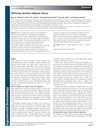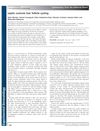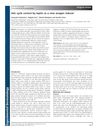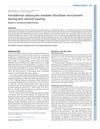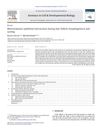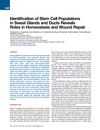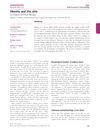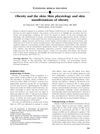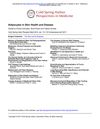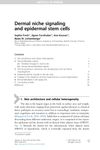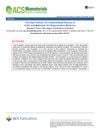The Role of Adipocytes in Tissue Regeneration and Stem Cell Niches
May 2016
in “
Annual Review of Cell and Developmental Biology
”
adipocytes adipocyte precursor cells hair follicles wound healing angiogenesis thermoregulation mammary gland development skeletal muscle repair immune cells adipokine secretion inflammation cutaneous diseases white adipose tissue fat cells APs hair growth skin healing blood vessel formation body temperature regulation breast development muscle repair immune response fat cell hormones skin inflammation skin diseases WAT
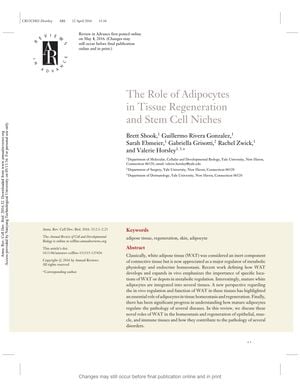
TLDR Fat cells are important for tissue repair and stem cell support in various body parts.
The document from 2016 reviews the multifaceted roles of adipocytes in tissue regeneration and stem cell niches, extending beyond their traditional functions in energy storage and metabolic regulation. It emphasizes the importance of adipocytes in maintaining homeostasis and supporting regeneration across various tissues such as skin, mammary glands, and skeletal muscle. The review details how adipocytes and adipocyte precursor cells (APs) interact with hair follicles to influence their growth cycles, contribute to wound healing through increased angiogenesis, and play roles in thermoregulation, mammary gland development, and skeletal muscle repair. It also discusses the interaction between adipocytes and immune cells, highlighting the significance of this relationship in tissue regeneration and stem cell biology. The document underscores the potential of adipocyte lineage cells in regenerative medicine and calls for further research to fully understand their functions and interactions in different tissues. Additionally, it explores the bidirectional communication between adipocytes and cancer cells, the impact of obesity and diabetes on adipokine secretion and inflammation, and the implications for cutaneous diseases and wound healing. The conclusion recognizes white adipose tissue as a critical player in tissue physiology and a potential target for translational biology, advocating for more research using new mouse models to elucidate its role in various human diseases.
